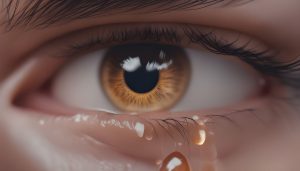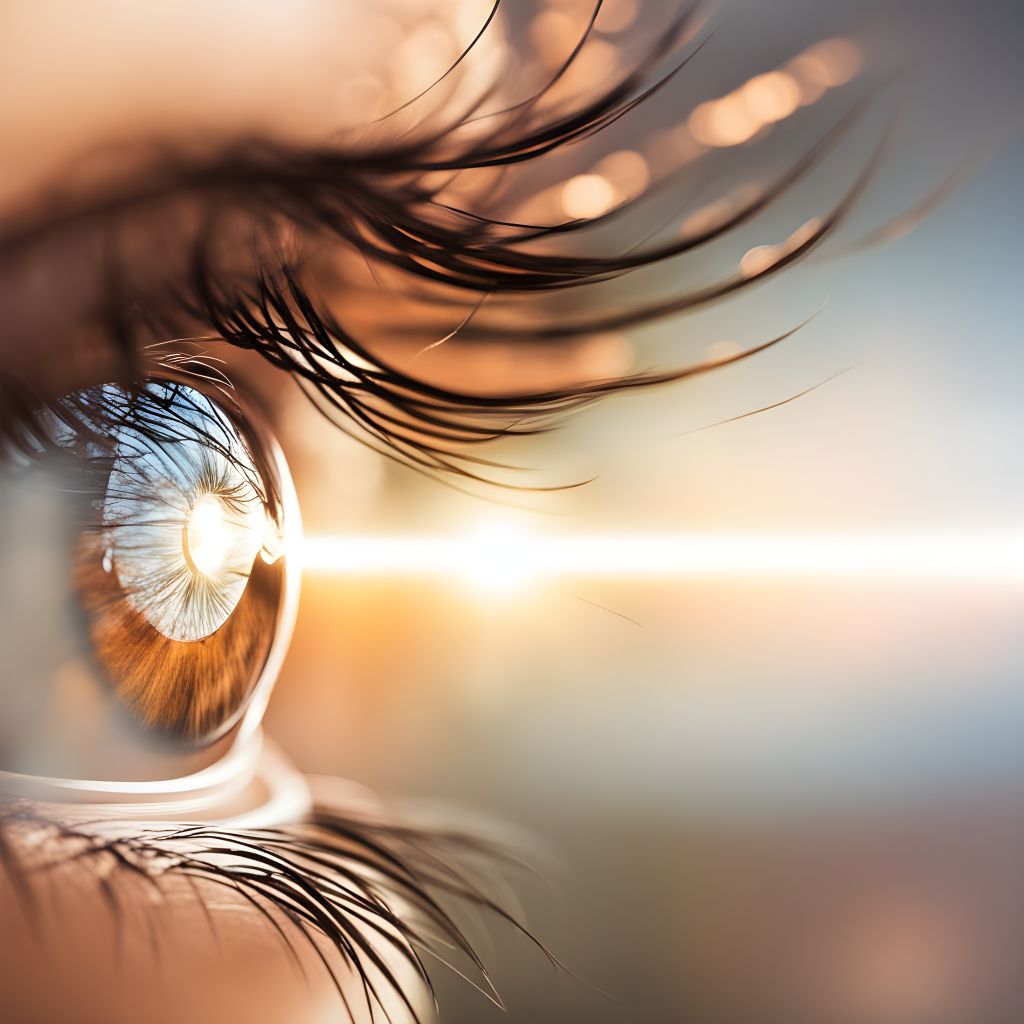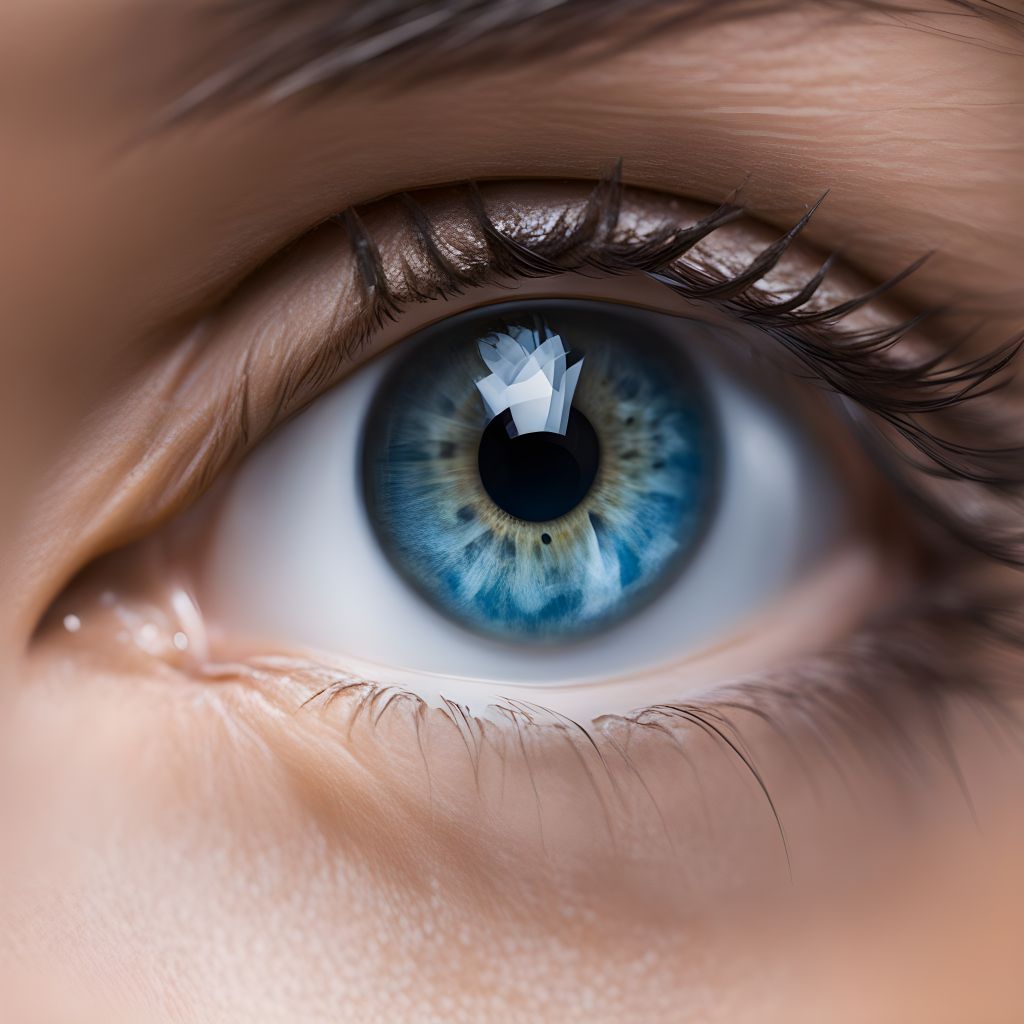Eye Facts – How to Keep Your Eyes Healthy?
Everyday Routines for Ideal Eye Health
Sustaining ideal eye health is a complex process that involves more than just vision correction; it includes a number of everyday routines designed to protect your eyes. Among them, the value of eating a diet high in nutrients cannot be overemphasized. Important elements for maintaining eye health include zinc, omega-3 fatty acids, vitamin A, vitamin C, and vitamin E. For example, vitamin A has a critical role in preserving excellent eyesight, especially in low light, and in preventing cataracts and age-related macular degeneration. Dairy products, eggs, and leafy green vegetables are good providers of this essential vitamin.
Moreover, maintaining proper hydration is an easy but powerful strategy to promote eye health. Drinking enough water keeps the natural moisture balance in the eyes stable, reducing discomfort and dryness. This is especially important in the digital environment we live in today, since prolonged screen time often leads to eye strain and pain. Adopting strategies like the 20-20-20 rule—which suggests taking a 20-second break every 20 minutes to stare at something 20 feet away—can greatly reduce the strain that continuous use of digital displays puts on your eyes.
Additionally, exercise is essential for maintaining eye health. Frequent exercise may aid in the prevention of diseases like type 2 diabetes, the primary cause of adult blindness. Exercise promotes blood flow, which supports the eyes’ general health and function by facilitating the best possible supply of nutrients and oxygen.
Keeping your eyes safe from damaging ultraviolet (UV) radiation is another crucial part of your daily routine. Long-term UV radiation exposure raises the risk of macular degeneration and cataracts. Protecting your eyes from the sun’s harmful rays may be done easily and effectively by wearing sunglasses that block 99% to 100% of UVA and UVB radiation.
Finally, giving up smoking is crucial for maintaining eye health. Smoking harms the optic nerve and speeds up the development of age-related macular degeneration, in addition to raising the risk of cataracts. This emphasizes how crucial it is to give up smoking as a regular habit in order to save your eyes from its damaging effects.

The Benefits of Routine Eye Exams
An optometrist or ophthalmologist will perform a number of tests during an eye exam to assess your vision and the condition of your eyes. These examinations might be as basic as having you read an eye chart or as sophisticated as intricate procedures that look at the condition of your internal eye organs. To measure the pressure within your eye, for example, is called tonometry.
This is important since glaucoma is a disorder that, if left untreated, may cause blindness. Another example is the dilated eye exam, which entails using drops to enlarge the pupil in order to provide a clear view of the interior components of the eye. Diabetes and high blood pressure are two conditions that may impact the eyes before other symptoms appear, and this check can help identify them.
Adults between the ages of 18 and 60 are advised by the American Optometric Association to get a thorough eye examination at least every two years, and those over 60 should do so annually. However, more regular checks could be required if you have risk factors including high blood pressure, diabetes, or a family history of eye illness.
For kids, eye checkups are equally crucial. Children with vision issues may find it more difficult to study and function in the classroom. Early identification of conditions like strabismus (crossed eyes) and amblyopia (lazy eyes) may result in successful treatment and avert long-term vision difficulties.
Frequent ocular examinations are essential to your general health, in addition to guaranteeing that your eyesight stays clear. Often, eye specialists are able to identify the early warning symptoms of systemic diseases like diabetes, hypercholesterolemia, or even malignancies. If these disorders are identified early on, they may be treated sooner and more successfully, perhaps preserving both your life and your eyesight.

Safeguards to Keep Your Eyes Safe
External factor protection is just as important for eye health as internal care, such as a proper diet and water. Ultraviolet (UV) radiation is one of the most common threats to eye health. Serious eye diseases, including cataracts, macular degeneration, and photokeratitis—basically, a sunburn on the surface of the eye—can result from prolonged exposure to UV radiation. Wearing sunglasses that filter 99% to 100% of UVA and UVB rays is a simple way to significantly reduce this risk. Since UV radiation may penetrate sunglasses from both the front and the sides, it’s critical to choose sunglasses that provide sufficient coverage around the eyes.
Digital displays pose a threat to our eyes in addition to the sun’s beams. Blue light from computers, cellphones, and tablets may cause digital eye strain and disrupt your sleep pattern by preventing the generation of melatonin. Blue light exposure is still being investigated in terms of its long-term consequences, but in the meantime, blue light-blocking or filtering eyewear and screen filters may help minimize any harm and discomfort.
Wearing safety glasses while engaging in activities that put your eyes in danger of harm is another preventative strategy. This covers not only the obvious, like playing sports or working in an industrial setting, but also everyday domestic tasks like gardening, using harsh chemicals for cleaning, and doing projects around the house. Most eye injuries that happen at work or at home may be avoided with safety goggles or glasses.


The state of the environment may also impact eye health. When someone spends a lot of time in air-conditioned or hot places or lives in a dry region, they may deal with dry eyes and discomfort on a regular basis. Maintaining indoor humidity levels using a humidifier and protecting your eyes from wind and dust while you’re outside can help keep your eyes hydrated and avoid irritation.
Finally, it’s critical to comprehend and control how your hands and eyes make contact. Hand washing often and avoiding touching your eyes unnecessarily will help stop viruses and germs from getting into your eyes, which lowers your risk of diseases like conjunctivitis (pink eye).
Recognizing and controlling screen time
The visual requirements of using a screen differ from those of jobs that are not digital in nature. Compared to other forms of light, blue light emitted by digital displays has a shorter wavelength and more energy. In moderation, blue light is not intrinsically hazardous, but too much of it may cause sleep disturbances and eye strain. Blue light’s strong intensity may also result in more glare, which makes it harder to concentrate on digital devices.
Furthermore, individuals tend to blink less often while they are concentrating on devices. From around 15 blinks per minute to 5–7 blinks per minute, the average blink rate drops. Digital eye strain, sometimes referred to as computer vision syndrome, is a condition where dry and irritated eyes result from a considerable decrease in blinking, which in turn compromises tear layer stability.


It is strongly advised to follow the 20-20-20 rule in order to counteract these consequences. According to this guideline, a person should gaze at something 20 feet away for at least 20 seconds for every 20 minutes they spend staring at a screen. This technique lessens tiredness and aids in refocusing the eyes. To further reduce eye strain, make sure that spaces used for work and play are well-lit without creating glare on displays. Reducing eye strain may also be achieved by utilizing font sizes that are easy to see and adjusting the screen’s brightness and contrast to comfortable settings.
For efficient screen time management, ergonomics is essential. The top of the screen should be at or slightly below eye level, and it should be positioned approximately an arm’s length away. This arrangement lessens the possibility of neck and shoulder pain, which may come with extended screen time, and helps maintain a comfortable posture.
Understanding LASIK Surgery: Benefits, Risks, and What to Expect
PRK vs LASIK: Comparing the Two Vision Correction Procedures





